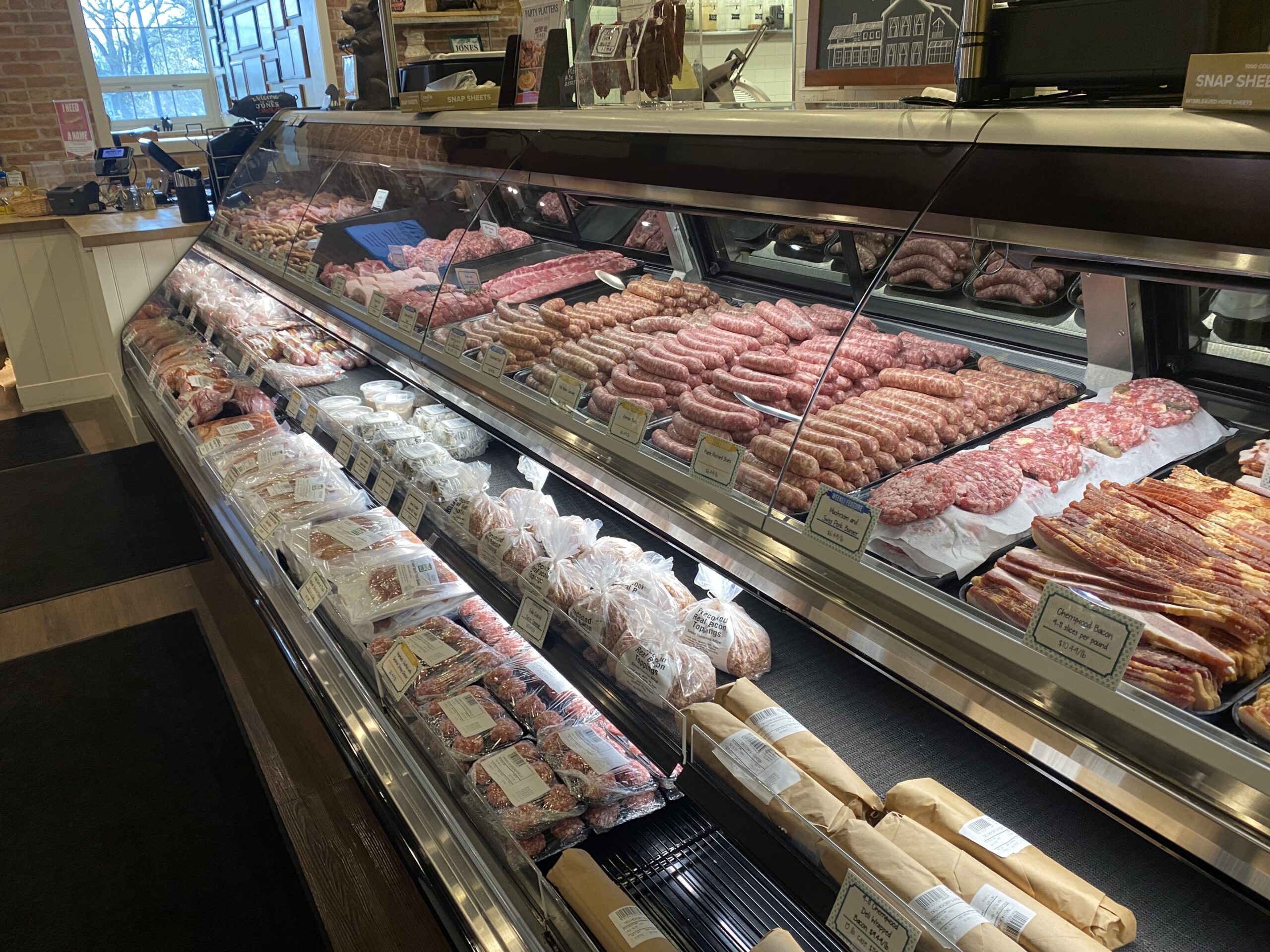Bagley Farms Meat Market Edwardsville IL: Your Trusted Source for High-Quality Meats
Bagley Farms Meat Market Edwardsville IL: Your Trusted Source for High-Quality Meats
Blog Article
Reveal the Art of the Butcher's Cut in a Modern Meat Market
In the ever-evolving landscape of modern-day meat markets, the butcher's cut has actually transcended its standard roots, combining old-time workmanship with modern methods. What genuinely sets the modern butcher apart is their capability to build a deeper link in between consumers and the beginnings of their meat.
Evolution of Butchery Strategies

The mid-20th century saw butchery methods even more refined by scientific understandings into muscle mass biology and meat aging, boosting both inflammation and taste. Technologies like vacuum packaging and refrigeration prolonged item shelf-life, permitting butchers to branch out offerings and boost top quality control. This period also marked the surge of specific equipment, such as band saws and meat slicers, which increased precision and performance in meat handling.
The 21st century has introduced digital technology into the butchery realm. Electronic systems now help in tracking pet provenance and enhancing cuts to fulfill specific consumer preferences. In addition, a resurgence in artisanal butchery has emerged, blending standard abilities with contemporary understanding to accommodate consumers seeking honest and lasting meat options. This development emphasizes a vibrant interaction between practice and advancement, meeting contemporary demands while maintaining the craft's heritage.

Comprehending Meat Cuts

Comprehending the intricacies of meat cuts is vital for both butchers and consumers seeking top quality and worth. For butchers, accurate cuts show skill and respect for the craft, guaranteeing very little waste and ideal return.
The key groups of meat cuts consist of primitive, sub-primal, and retail cuts. Butchers after that break these down better right into sub-primal cuts, before finally creating retail cuts available to consumers, like ribeye or tenderloin.
Understanding muscular tissue composition is critical; muscles used much more often by the pet tend to be tougher and are best fit for sluggish food preparation techniques, while less-used muscular tissues, like those located in the loin, are more tender and suitable for grilling or roasting. Experience with these distinctions empowers customers to make educated choices, improving their culinary ventures.
Selecting Top Quality Meat
Picking the appropriate meat involves more than just selecting a visually enticing item from the display screen. The art of selecting top quality meat requires a discerning eye and expertise of specific attributes that symbolize freshness and quality.
Secondly, think about the marbling, which describes the white flecks of fat within the muscular tissue. Appropriate marbling is a crucial sign of inflammation and flavor, as it thaws throughout food preparation, boosting the meat's juiciness. Bear in mind, greater marbling frequently associates with exceptional quality cuts, such as USDA Prime.
Structure is another essential variable; meat ought to feel strong to the touch, not slimed or excessively soft. Furthermore, bear in mind the scent. Fresh meat needs to have a tidy, neutral smell, devoid of any kind of sour or repulsive odors.
Combining Cuts With Cooking Approaches
Effectively combining cuts of meat with the ideal food preparation approaches is necessary for achieving optimum flavor and appearance. Various you can try this out cuts vary in tenderness, marbling, and connective cells material, each needing details techniques to unlock explanation their potential. As an example, tender cuts like filet mignon and ribeye, with their fundamental marbling, take advantage of high-heat, quick-cooking techniques such as cooking or pan-searing. These approaches boost the meat's natural tastes and make certain a juicy finish.
On the other hand, harder cuts like brisket and chuck roast are rich in collagen, which breaks down into jelly when cooked slowly. These cuts are optimal for braising or sluggish roasting, allowing the meat to tenderize in time and develop deep, intricate tastes. Cuts such as short ribs and pork shoulder fare well with slow-cooking methods, where extended cooking times change their durable textures right into succulent recipes.
Lamb shanks and oxtail, which need extended cooking to tenderize, are excellent prospects for cooking or slow simmering. These approaches coax out abundant, passionate flavors while preserving dampness. By recognizing the distinct characteristics of each cut, cooks and home cooks alike can elevate their cooking productions, ensuring each recipe is both satisfying and unforgettable.
The Butcher's Function Today
Navigating the advancing landscape of the modern-day meat market, the this contact form butcher's duty today prolongs beyond plain prep work of cuts. Contemporary butchers are cooking artisans, educators, and advocates for sustainable practices.
In addition to crafting precise cuts, butchers currently involve straight with customers, using cooking guidance and tailoring choices to match private demands and preferences. Their competence in meat aging, marbling, and taste profiles encourages customers to make informed decisions, improving their cooking experiences. This tailored service exemplifies the butcher's evolving function as a trusted advisor in the kitchen area.
In addition, butchers are essential in lessening waste, utilizing entire pets to develop diverse items such as sausages and stocks - bagley farms meat market edwardsville il. This detailed technique not only values the pet however likewise aligns with modern sustainability goals. In this means, the modern-day butcher embodies both custom and advancement, adjusting to an ever-changing market while maintaining the virtuosity and honesty of their craft

Verdict
Proficiency in understanding diverse meat cuts and top quality indicators equips butchers to provide educated referrals, aligning certain cuts with optimum cooking techniques. By recognizing historical methods while welcoming contemporary demands, the butcher's function continues to be important in today's advanced meat market.
Report this page